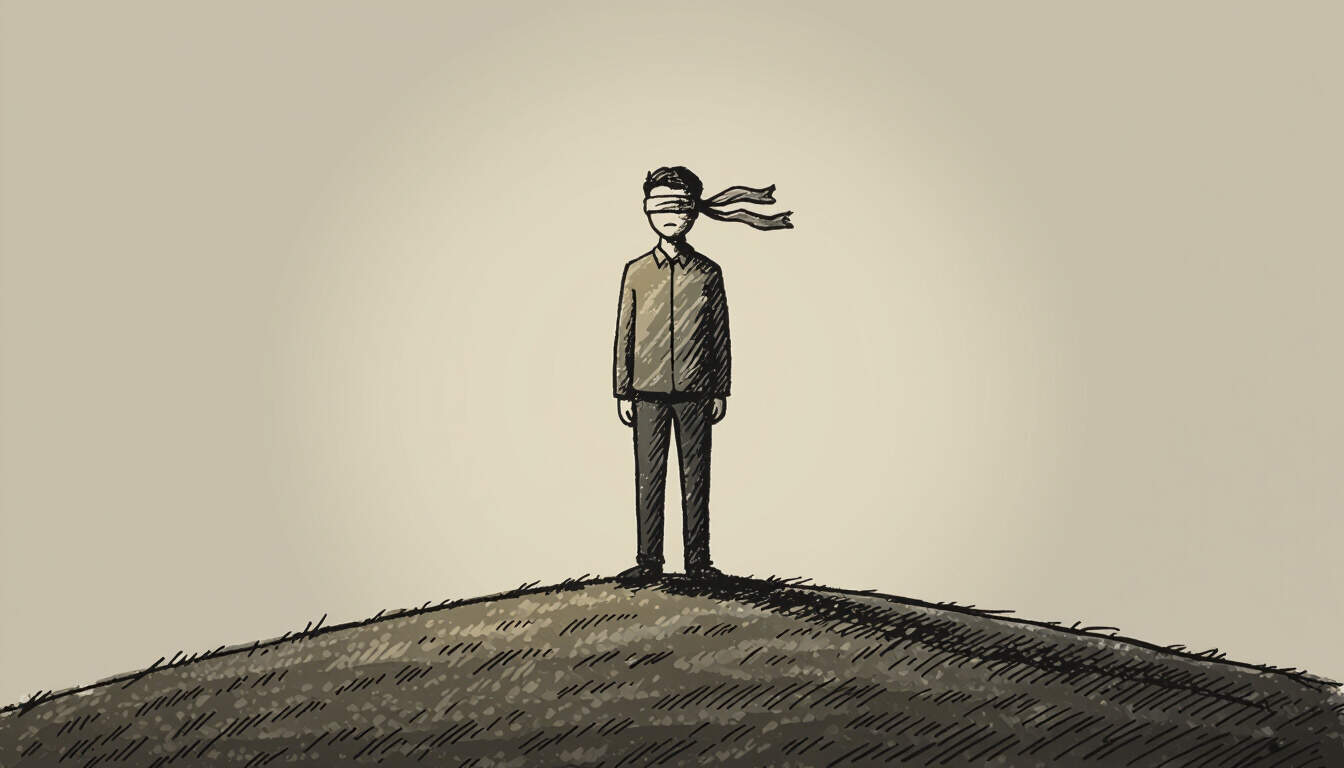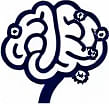The Impact of Overconfidence Bias on Decision Making
 by Max Miller
by Max Miller
Overconfidence bias leads individuals to overestimate their abilities, often resulting in poor choices in professional and personal contexts. This bias affects areas like business strategies and cognitive growth, highlighting the need for better self-awareness and balanced judgment.

Overconfidence bias is a common cognitive trap that influences how people make choices. In many situations, individuals believe they know more or can perform better than they actually do. This can lead to risky decisions with significant consequences.
One key aspect of overconfidence bias involves self-assessment. People often rate their skills higher than objective measures suggest. For instance, in a professional setting, a manager might assume their project will succeed without considering potential pitfalls. This distortion can affect outcomes in business environments.
Consider overconfidence bias in everyday scenarios. A driver might think they are above average in skill, leading to speeding or ignoring safety rules. In cognitive development, this bias can hinder learning by preventing individuals from seeking new information.
In business, overconfidence bias plays a role in financial decisions. Leaders may overestimate market trends or their company's position, resulting in failed investments. This highlights how such biases impact strategic planning.
To recognize overconfidence bias, start with reflection. Keeping a journal of decisions and their results can reveal patterns. For example, if predictions often fall short, it might indicate this bias at work.
Experts in psychology note that overconfidence bias stems from how the brain processes information. It simplifies thinking by relying on familiar beliefs, but this can create blind spots. In areas like cognitive growth, addressing these blind spots is essential for improvement.
Examples in Real Life
Overconfidence bias appears in various fields. In sports, athletes might underestimate opponents, leading to defeats. In education, students could overrate their exam preparation and neglect studying.
Another example involves medical decisions. Doctors might feel overly certain about diagnoses, potentially overlooking alternative possibilities. This underscores the need for second opinions in critical situations.
In team settings, overconfidence bias can disrupt collaboration. If one member dominates discussions based on unwarranted certainty, it stifles diverse ideas and innovation.
Consequences of Overconfidence
The effects of overconfidence bias extend to personal and professional life. It can cause financial losses, relationship issues, and missed opportunities. For instance, in career advancement, assuming success without effort might lead to stagnation.
Decision making suffers when overconfidence dominates. People may ignore data that contradicts their views, resulting in repeated errors. Over time, this pattern can erode confidence in one's abilities once reality sets in.
Strategies to Counter Overconfidence
Addressing overconfidence bias requires deliberate effort. One approach is seeking feedback from others. This provides an external perspective that challenges internal assumptions.
Using data-driven methods helps too. For example, in business, analyzing past performance metrics can ground decisions in facts rather than feelings.
Engaging in continuous learning combats this bias. Reading about cognitive biases or participating in workshops builds awareness and promotes humility.
In psychology, techniques like probabilistic thinking encourage estimating outcomes with ranges rather than absolutes. This method reduces the grip of overconfidence by acknowledging uncertainty.
For professionals, applying these strategies can enhance performance. In leadership roles, fostering a culture of questioning assumptions leads to better team dynamics.
Building Awareness for Lifelong Learners
For those interested in cognitive development, understanding overconfidence bias is a step toward better habits. It encourages a balanced view of strengths and weaknesses.
Practices like mindfulness can aid in this process. By pausing to evaluate thoughts, individuals gain clarity and avoid rash judgments.
Ultimately, recognizing and mitigating overconfidence bias leads to wiser choices. This not only benefits personal growth but also contributes to success in various endeavors.
In summary, overconfidence bias is a subtle yet powerful force. By adopting practical steps, anyone can reduce its influence and make more informed decisions.
